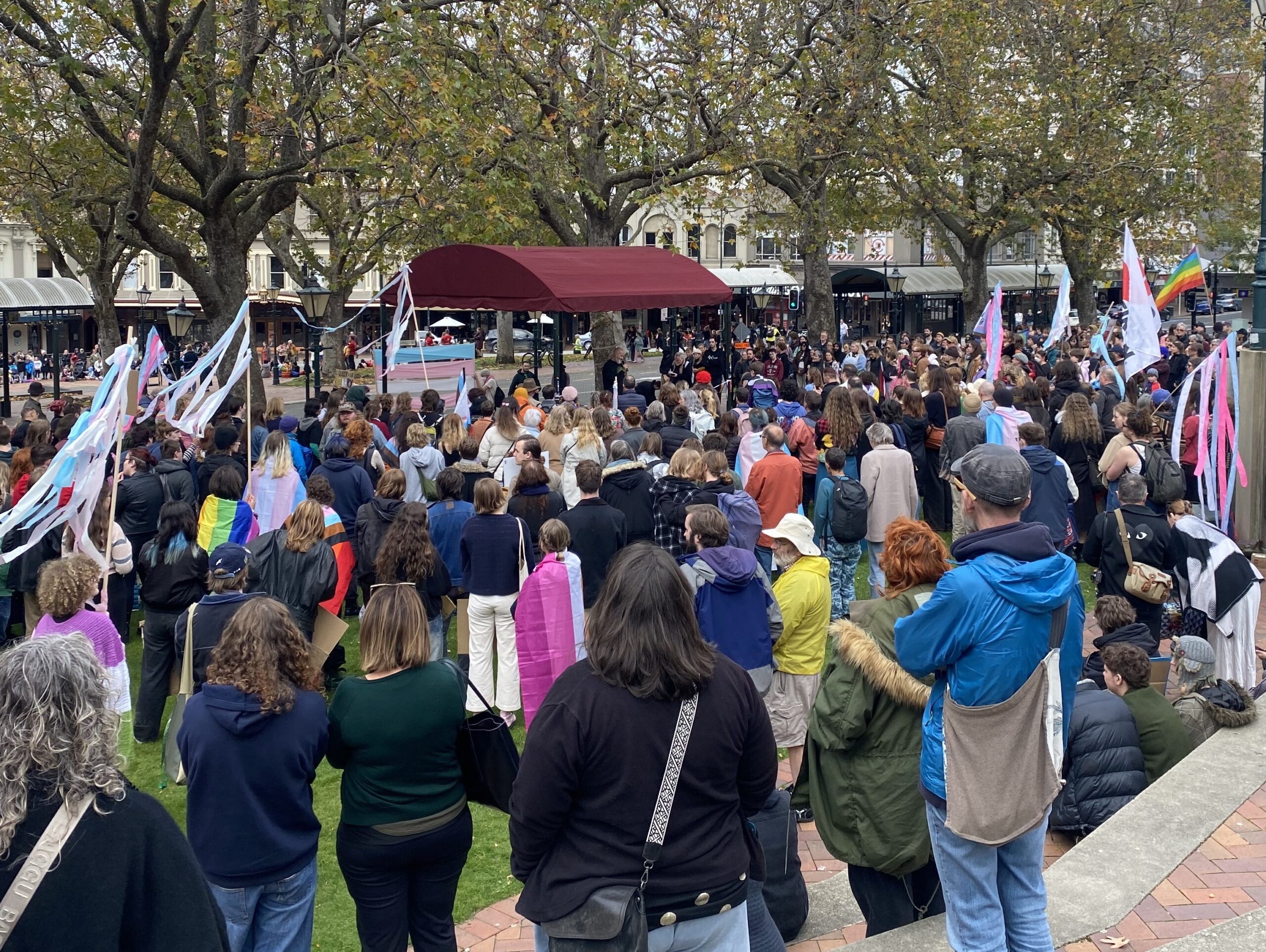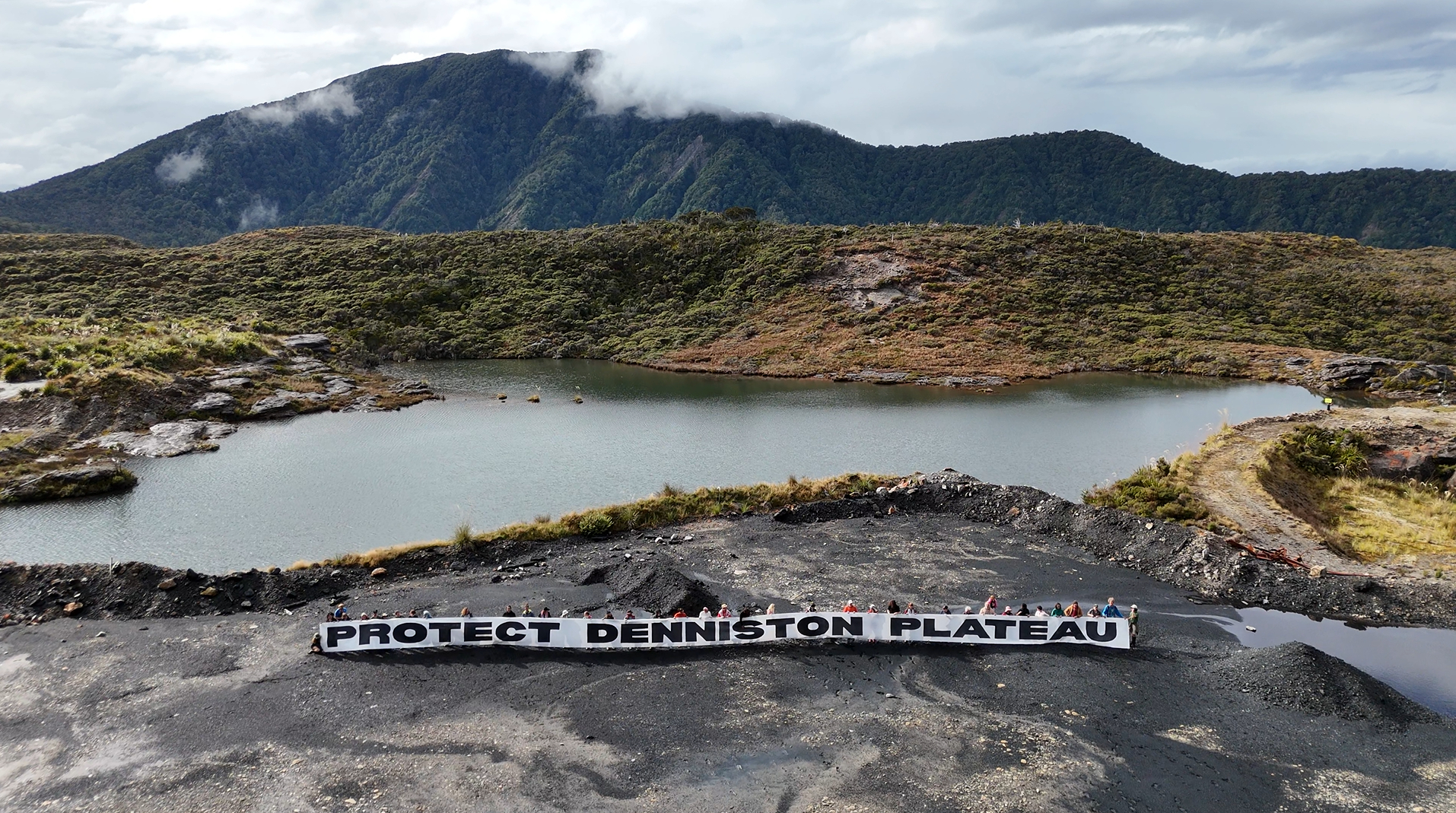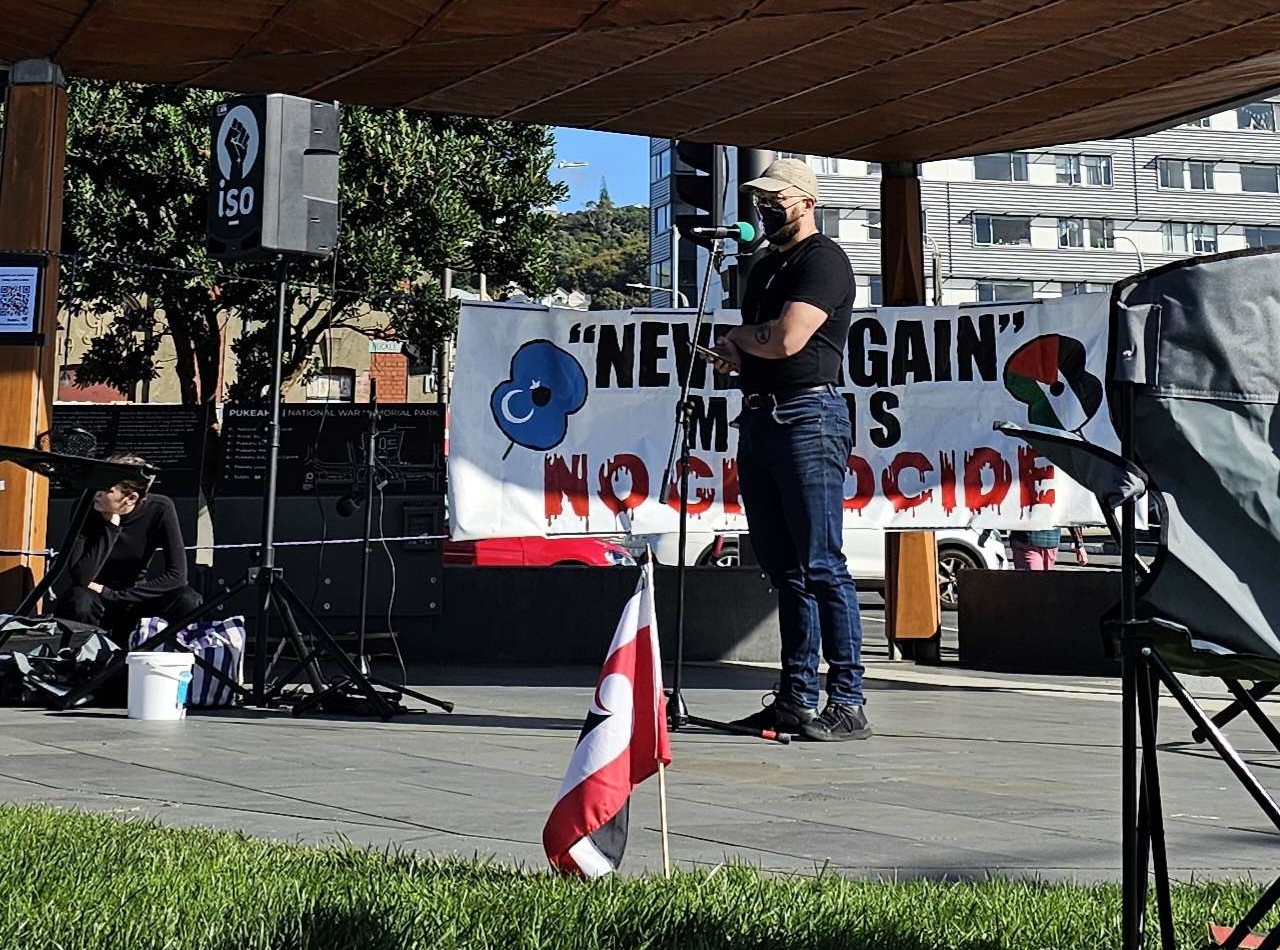A clutch of recent polls and economic statistics herald a hardening of the political and industrial landscape.
Since Labour won the general election in October 2020 with 50.0 percent of the vote, no opinion poll has found the party’s support dipping to under 40 percent until just recently. Two Roy Morgan polls taken in June and July found Labour on 38.5 percent and 39.5 percent. Two Newshub Reid polls taken in May and late July found Labour’s support dropping by 9.7 percent over that period, from 52.7 percent to 43.0 percent. Jacinda Ardern has dipped in preferred Prime Minister polling, although she’s still way ahead. Government approval ratings show a decline. Of course, all these polls should be read with caution, as the different results of Roy Morgan and Newshub Reid polling show, but the downward trend for Labour is clear.
The National Party has made little headway; the main gainer is ACT, which in the last three polls had 11.5, 11.1 and 13.0 percent support, up from 7.6 percent at the general election. ACT is gaining in preference to National, because they are harder and sharper on rightwing ideas generally, whether on “culture wars” or economic issues.
The Greens’ polling has fluctuated, but is generally a little up since getting 7.9 percent support at the general election. The last two polls have them on 8.5 and 10.0 percent. Their pact with Labour is preventing them from leading a leftwing challenge.
Labour’s decline could partly be explained by the waning of credit granted by a grateful public for its handling of the COVID crisis, and by a dreadfully slow roll- out of the vaccination programme. However, I am inclined to speculate that Labour’s support has softened more because the government has eased up on delivering material gains for working-class people. The announcement of a pay freeze for the public sector was a slap in the face for health, education and central government workers. Although the government retreated to allow ‘cost of living’ rises, it has not staunched the anger of nurses who are as much concerned with working conditions and who are not ready to be fobbed off over staffing shortages as they were in 2018. Industrial action by nurses is on the cards and they may be followed by other groups. In time, Labour’s failure to deliver housing, and end the spiral of rents and house prices, will be laid at their door. So too will their failure to meaningfully tackle greenhouse gas emissions.
Economic information and forecasting signals two dangers for workers. Consumer prices are rising steeply. There are inflationary pressures in the world capitalist system; it was only a matter of time before inflation would hit our shores. The Consumer Prices Index reached 3.3 percent over the year to June 2021. Prices could rise even more in the period ahead. This means that workers will have automatic pay cuts unless they achieve inflation-matching or busting rises.
The second dark cloud on the horizon is rising interest rates. Young workers who have bought properties, and now devote a high proportion of their income to paying off the banks, will be hard pressed when rates go up as predicted.
After a period of record-setting low interest rates and low consumer price inflation, employees, generally, have not had to struggle too hard to maintain their standard of living. Times are a-changing; workers will need to be on their mettle. They will need their unions; or, in many cases, need to join a union. There are threats, but the tables could be turned if workers use their collective strength. We must support one another, starting with the nurses.









